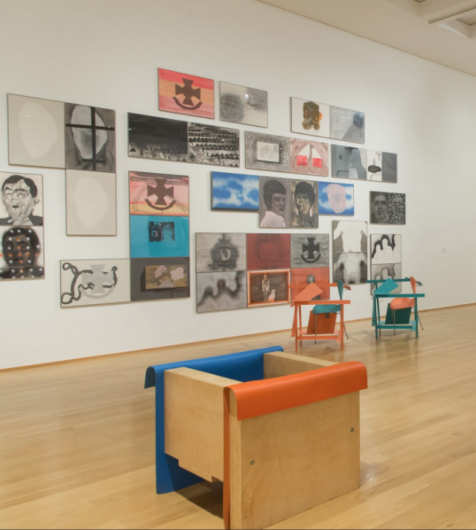On the occasion of the 50th anniversary of Petronor the anthological exhibition is now presented After 68. Art and artistic practices in the Basque Country1968-2018, which reviews five decades of Basque art, thus renewing the museum’s commitment to contemporary art from our closest environment.
The exhibition starts –two years after the founding of the Gaur group– in the emblematic year 1968, at which time a new generation of Basque artists born in the 1940s will join the art scene and share it with the veteran members of the groups from the Basque School, whose references are Jorge Oteiza and Eduardo Chillida. As an exceptional prologue, the show brings together extraordinary pieces from both: Tribute to Paul Klee (1955-1956) o Portrait of the Holy Spirit (1958-1959) by Oteiza, belonging to private collections, and Abesti gogorra IV (1964) and Silent music (Musique tacite) I (1955) by Chillida, from the Juan March Foundation and the Kunstmuseum in Basel, respectively.
In a politically and socially convulsed decade, Basque art will know the end of languages originating from informalism and constructive abstraction, as well as the birth of the figurative proposals of pop art or the questioning of the idea of an artistic object that minimalism will propose and conceptual art. Just at the beginning of that period, on September 28, 1970, the museum’s modern building was inaugurated and the Bilbao Superior School of Fine Arts began its activity, which will be the future Faculty of Fine Arts and will have a determining influence on the evolution of Basque art.
The itinerary concludes five decades later, in 2018, with the representation of the most recent artistic experiences, a period in which art made by women is gaining increasing prominence.
A wide selection of almost 150 works –painting, sculpture, photography, video art and works on paper– and about 100 artists of various generations will allow us to know the forms of modernization of art experienced in this particular setting at the last turn of the century, and also assess the significance that the individual and collective trajectories that have emerged here have had on the national and international scene.
